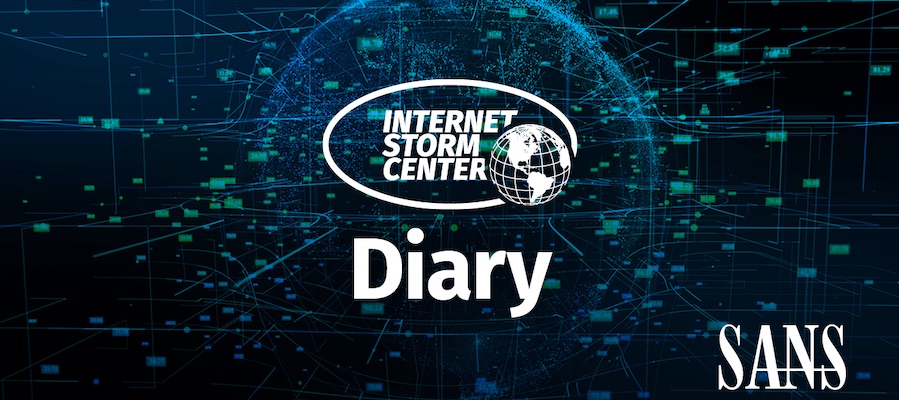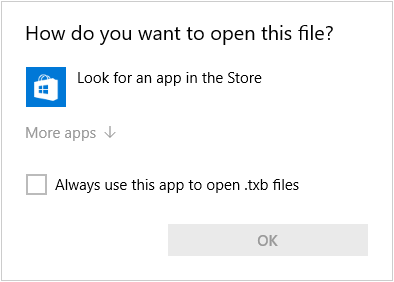I published the following diary on isc.sans.edu: “AgentTesla Delivered via a Malicious PowerPoint Add-In“: Attackers are always trying to find new ways to deliver malicious code to their victims. Microsoft Word and Excel are documents that can be easily weaponized by adding malicious VBA macros. Today, they are one of


